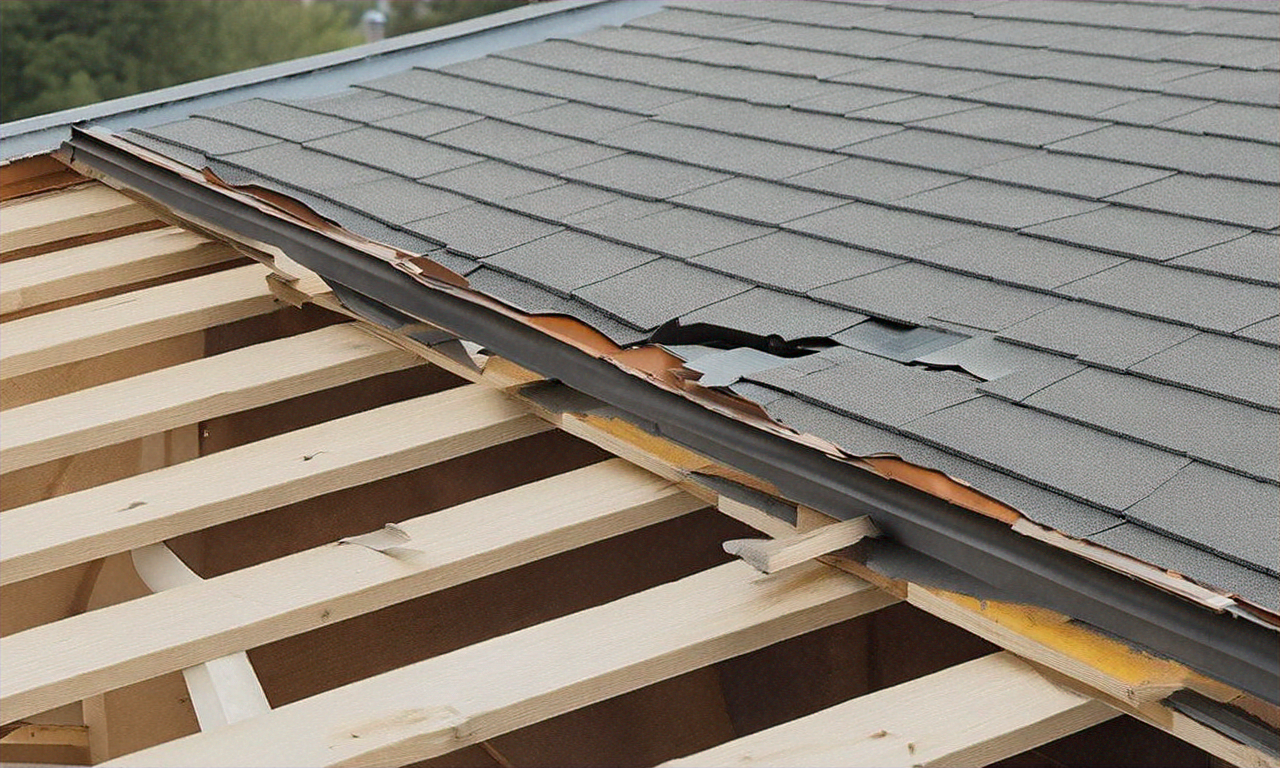Window Repair: Understanding Your Options for Glass and Frame Restoration
Window repair is an essential aspect of home and building maintenance that often goes overlooked until a problem arises. Whether it's a cracked pane, a damaged frame, or issues with functionality, addressing window repairs promptly can save energy, improve security, and maintain the aesthetic appeal of your property. This article will explore the various aspects of window repair, helping you understand when and how to address common issues.

What are the most common types of window damage?
Window damage can occur in various forms, affecting both the glass and the frame. Some of the most frequent issues homeowners and building managers encounter include:
-
Cracked or chipped glass: Often caused by impacts, temperature fluctuations, or structural settling.
-
Foggy or cloudy glass: Typically a result of seal failure in double-paned windows.
-
Rotted wooden frames: Common in older buildings or those exposed to high moisture levels.
-
Warped or damaged vinyl frames: Can occur due to extreme heat or improper installation.
-
Broken hardware: Including locks, handles, and opening mechanisms.
Understanding the type of damage is crucial in determining whether a repair or replacement is necessary and what approach will be most effective.
How can you determine if a window needs repair or replacement?
Assessing whether a window requires repair or full replacement depends on several factors:
-
Age of the window: Older windows may be less energy-efficient and more prone to recurring issues.
-
Extent of damage: Minor cracks or hardware problems can often be repaired, while extensive damage may warrant replacement.
-
Energy efficiency: If your windows are causing significant heat loss or gain, replacement with more efficient models might be cost-effective in the long run.
-
Functionality: Windows that no longer open or close properly may need replacement if repairs don’t solve the issue.
-
Aesthetic concerns: Sometimes, repair work might not restore the window’s original appearance, making replacement a better option.
Consulting with a professional window repair service can help you make an informed decision based on your specific situation and budget.
What are the steps involved in repairing a damaged window?
The process of repairing a window varies depending on the type and extent of damage. However, a general outline of steps might include:
-
Assessment: A thorough inspection of the damage to determine the best course of action.
-
Preparation: Cleaning the area and removing any loose or damaged materials.
-
Repair work: This could involve replacing glass, fixing frames, or addressing hardware issues.
-
Sealing and finishing: Ensuring the repaired area is properly sealed and weatherproofed.
-
Testing: Checking the functionality and integrity of the repaired window.
For glass repairs, the process might involve removing the damaged pane, cleaning the frame, and installing new glass with appropriate sealants. Frame repairs could range from filling and painting small cracks to replacing entire sections of wood or vinyl.
What tools and materials are typically used in window repair?
Window repair professionals use a variety of specialized tools and materials to address different types of damage:
-
Glass cutters and glazing tools for working with window panes
-
Pry bars and putty knives for removing old glazing and sealants
-
Caulking guns and weatherstripping materials for sealing
-
Wood fillers and epoxy for repairing wooden frames
-
Specialized lubricants for hardware maintenance
-
Safety equipment such as gloves and safety glasses
For DIY enthusiasts, many basic window repairs can be attempted with common household tools, but it’s important to recognize when a job requires professional expertise and equipment.
How can homeowners prevent window damage and extend the life of their windows?
Preventive maintenance is key to extending the lifespan of your windows and avoiding costly repairs:
-
Regular cleaning: Keep glass and frames clean to prevent buildup of dirt and debris.
-
Inspect regularly: Look for signs of wear, damage, or moisture intrusion.
-
Maintain weatherstripping: Replace worn weatherstripping to prevent drafts and moisture.
-
Address small issues promptly: Don’t let minor problems escalate into major repairs.
-
Proper ventilation: Control indoor humidity to prevent condensation on windows.
-
Use window treatments: Curtains or blinds can protect windows from direct sunlight and heat.
By implementing these preventive measures, homeowners can significantly reduce the frequency and severity of window repairs needed over time.
What are the costs associated with different types of window repairs?
Window repair costs can vary significantly based on the type of damage, window size, and materials used. Here’s a general overview of common repair costs:
| Repair Type | Average Cost Range | Factors Affecting Price |
|---|---|---|
| Glass Replacement | $200 - $500 per window | Size of pane, type of glass |
| Foggy Window Repair | $70 - $200 per pane | Double vs. triple pane |
| Frame Repair | $100 - $300 per window | Material (wood, vinyl, aluminum) |
| Hardware Replacement | $50 - $150 per window | Type of hardware, brand |
| Weatherstripping | $100 - $300 per window | Window size, material quality |
Prices, rates, or cost estimates mentioned in this article are based on the latest available information but may change over time. Independent research is advised before making financial decisions.
It’s important to note that these are average ranges, and actual costs can vary based on your location, the specific repair needed, and the service provider chosen. For complex or extensive repairs, it may be more cost-effective to consider window replacement, especially if the windows are older or energy-inefficient.
In conclusion, understanding the basics of window repair can help homeowners and building managers make informed decisions about maintenance and repairs. Whether dealing with minor issues or considering major renovations, knowing when to attempt DIY repairs and when to call in professionals can save time, money, and frustration. Regular maintenance and prompt attention to small problems can go a long way in preserving the functionality, efficiency, and beauty of your windows for years to come.






